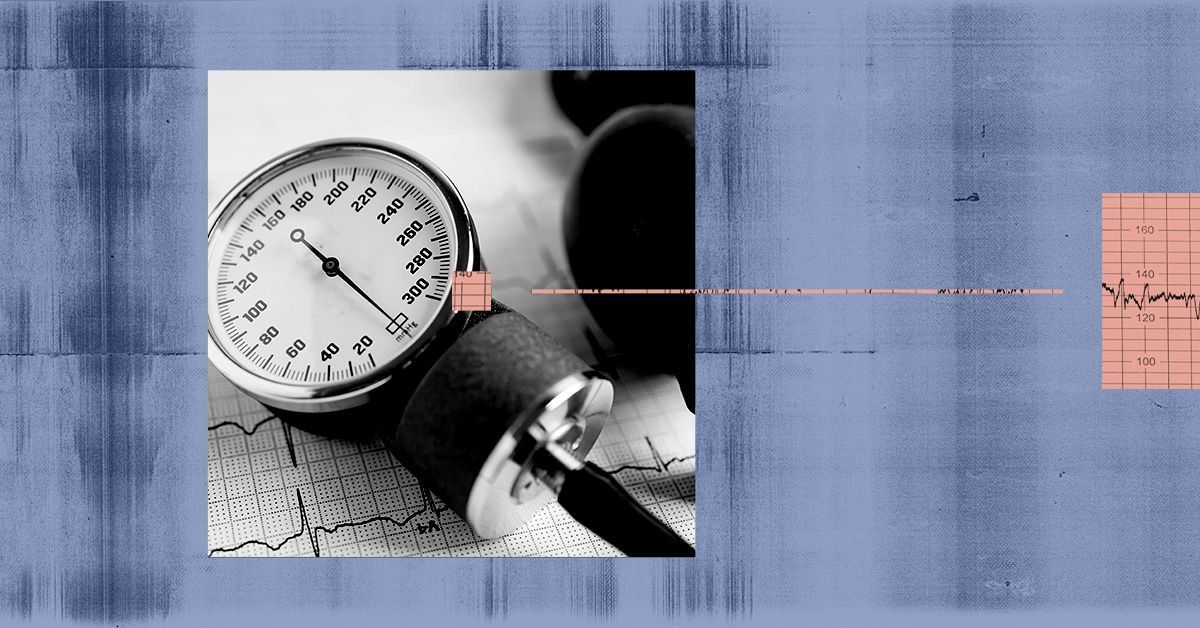- An accurate blood pressure reading is an important part of preventive health care.
- Researchers from Johns Hopkins Medicine have found that certain arm positions commonly used to take blood pressure readings may be producing inaccurately higher readings.
- Scientists believe these incorrect blood pressure readings may lead to a hypertension misdiagnosis.
Having a blood pressure reading taken is an important part of preventative health care. That is because having too high — known as hypertension — or too low — called hypotension — blood pressure may signal underlying health issues.
Abnormally high or low blood pressure can also lead to complications such as heart disease, stroke, organ issues, and dementia.
“Accurate blood pressure measurement is essential for the diagnosis and treatment of hypertension, which is key to our efforts aimed at prevention of cardiovascular disease,” Tammy M. Brady, MD, PhD, vice chair for clinical research in the Department of Pediatrics at the Johns Hopkins University School of Medicine, medical director of the pediatric hypertension program at Johns Hopkins Children’s Center, deputy director of the Welch Center for Prevention, Epidemiology, and Clinical Research told Medical News Today.
Brady is the senior author of a new study recently published in the journal
“There are various patient
“With this in mind — and in the hopes that we might be able to simplify blood pressure measurement — my co-investigators and I sought to explore how essential arm support and position was to blood pressure measurement accuracy,” she added.
For this study, Brady and her team recruited 133 adult participants ages 18 to 80.
Participants were randomly assigned to sets of triplicate blood pressure measurements with their arm positioned in one of three ways when the reading was taken — arm supported on a desk, arm supported on their lap, or an unsupported arm hanging at their side.
At the study’s conclusion, researchers found that systolic blood pressure readings for participants who supported their arms on their laps were overestimated by about 4 mmHg, while readings for those positioning their arms unsupported by their sides had an overestimated systolic blood pressure by almost 7 mmHg.
“When the arm is either in the lap or at the side, the blood vessels in the arm are at a greater vertical distance from the heart. Gravity increases the pressure in these blood vessels. It also is harder for the blood to return to the heart when the arm is lower than the heart; to compensate for this, and improve blood return, the blood vessels in the arm constrict. In addition, when the arm is unsupported, the muscle isn’t fully at rest and contracts. All of these body responses lead to a higher blood pressure reading.”
— Tammy M. Brady, MD, PhD
Brady said while they expected to find a difference in blood pressure readings between the different arm positions, they were surprised by the magnitude of the difference.
“Our trial shows that improper arm position and support can lead to overestimation of blood pressure and potentially lead to overdiagnosis of hypertension and overtreatment,” she said.
Brady shared her hope that this study alerts health care providers and patients alike to the importance of arm position and support on blood pressure measurement.
“It’s more than just putting on a cuff and pushing a button. The room where blood pressure is being measured should be set up in such a way that there is a chair with a back support positioned next to a table or desk that is the appropriate height for the arm to rest with the mid-cuff at mid-heart level,” she continued.
“I also hope that (healthcare professionals) recognize the need for staff training/certification and retraining for blood pressure measurement accuracy and the need to educate patients when prescribing home blood pressure measurements.”
— Tammy M. Brady, MD, PhD
“While it may take an investment in time and resources to ensure the blood pressure measurement setting is set up for proper measurement, the return on the investment has the potential to be significant in terms of not only better patient care with fewer misdiagnoses, but in savings in time (patients returning for measurements), resources (repeat appointments, health care staff), and money (lost work, evaluation costs, medication expenses),” Brady added.
MNT also spoke with Cheng-Han Chen, MD, a board certified interventional cardiologist and medical director of the Structural Heart Program at MemorialCare Saddleback Medical Center in Laguna Hills, CA, about this research who commented he thought it was a very practical study that highlighted the importance of proper blood pressure measurement techniques such that people could obtain the most accurate blood pressure readings.
“They found a difference from 4 to 7 millimeters of mercury in systolic blood pressure simply based on the difference in how they measured it, whether the arm was supported or whether it was just hanging to the side,” Chen explained.
“And while four to seven points may not seem like a big difference, that’s enough to push someone’s blood pressure categorization into a higher level, which could actually result in starting new medications or changing medications when they otherwise wouldn’t need that medication,” he explained.
“So people getting their blood pressures taken should remember to always have it supported on a surface, such as a table next to the chair. And this is important, regardless of whether it’s a blood pressure taken
at home or a blood pressure taken at the doctor’s office.”
— Cheng-Han Chen, MD
Read the full article here
















